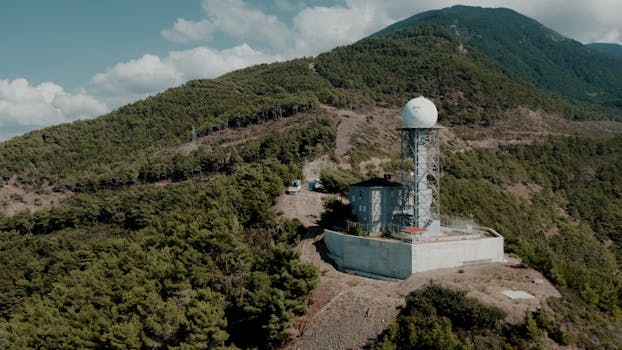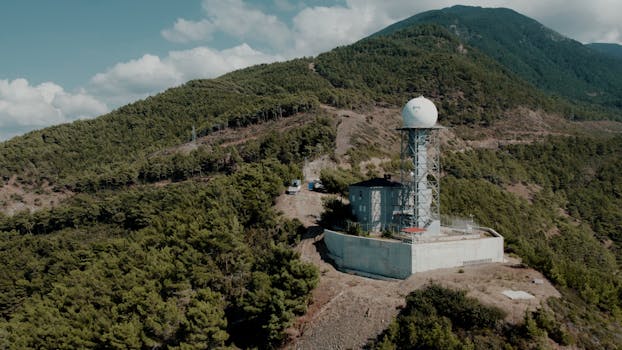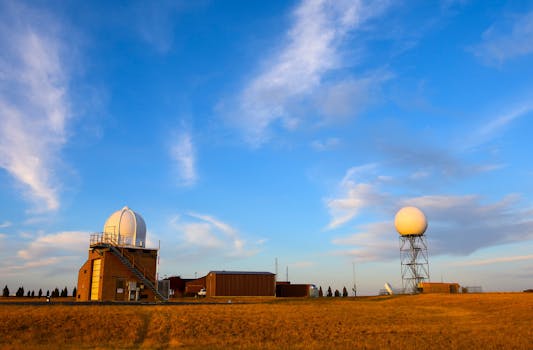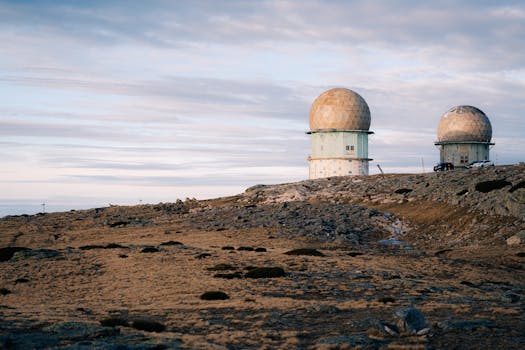The Role of Satellites in Global Weather Forecasting Systems: Enhancing Accuracy and Timeliness

The Role of Satellites in Global Weather Forecasting Systems: Enhancing Accuracy and Timeliness
The role of satellites in global weather forecasting systems is crucial, as they provide vital data for predicting weather patterns, storms, and climate trends. Satellites have revolutionized the field of meteorology, enabling forecasters to issue timely warnings and predict weather events with greater accuracy. In this article, we will explore the significance of satellites in weather forecasting and their impact on our daily lives.
Satellites in weather forecasting have been used for several decades, but their importance has increased significantly in recent years. With the launch of new satellite systems, such as the Geostationary Operational Environmental Satellite (GOES) and the Polar-orbiting Operational Environmental Satellite (POES), the accuracy and timeliness of weather forecasts have improved dramatically. These satellites provide high-resolution images of the Earth’s atmosphere, oceans, and land surfaces, which are used to predict weather patterns, track storms, and monitor climate trends.
How Satellites Contribute to Weather Forecasting

Satellites contribute to weather forecasting in several ways. They provide visible and infrared images of the Earth’s atmosphere, which are used to track clouds, precipitation, and other weather phenomena. Satellites also measure the temperature and humidity of the atmosphere, which are essential for predicting weather patterns. Additionally, satellites detect changes in the Earth’s magnetic field, which can indicate the approach of a storm or other severe weather event.
Satellites also play a critical role in monitoring climate trends. They measure the amount of solar radiation that enters the Earth’s atmosphere, which helps scientists understand the Earth’s energy balance. Satellites also track changes in sea level, ice cover, and ocean currents, which are essential for predicting climate change. By analyzing data from satellites, scientists can identify patterns and trends in the Earth’s climate, which helps them predict future climate scenarios.
The Impact of Satellites on Weather Forecasting

The impact of satellites on weather forecasting has been significant. Satellites have improved the accuracy and timeliness of weather forecasts, enabling forecasters to issue timely warnings and predict weather events with greater confidence. Satellites have also enabled forecasters to track storms and other severe weather events, which has saved countless lives and reduced property damage.
Satellites have also had a major impact on our daily lives. They provide us with up-to-date weather forecasts, which help us plan our daily activities. Satellites also enable us to track weather patterns and storms, which helps us prepare for severe weather events. By providing accurate and timely weather forecasts, satellites have become an essential tool for emergency management, agriculture, transportation, and other industries.
Conclusion

In conclusion, the role of satellites in global weather forecasting systems is crucial. Satellites provide vital data for predicting weather patterns, storms, and climate trends, and have improved the accuracy and timeliness of weather forecasts. The impact of satellites on weather forecasting has been significant, enabling forecasters to issue timely warnings and predict weather events with greater confidence. As satellite technology continues to evolve, we can expect even more accurate and timely weather forecasts, which will have a major impact on our daily lives.
See more:





